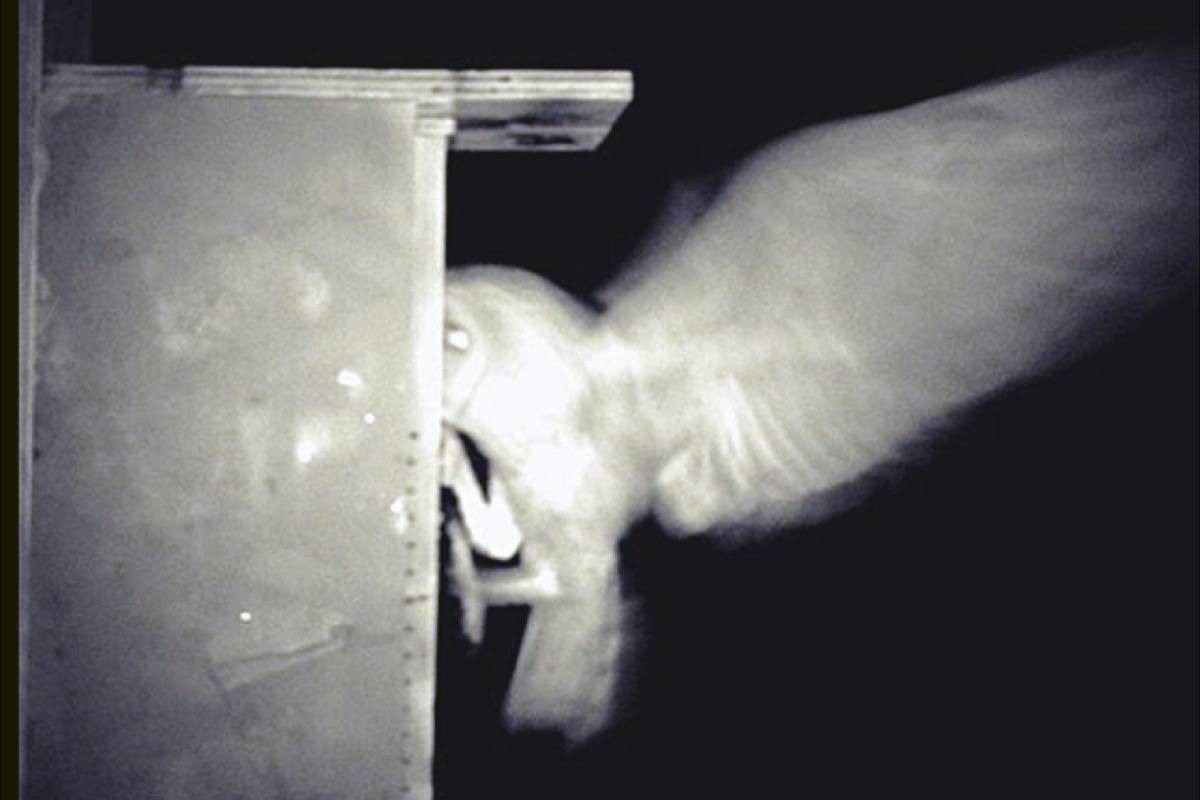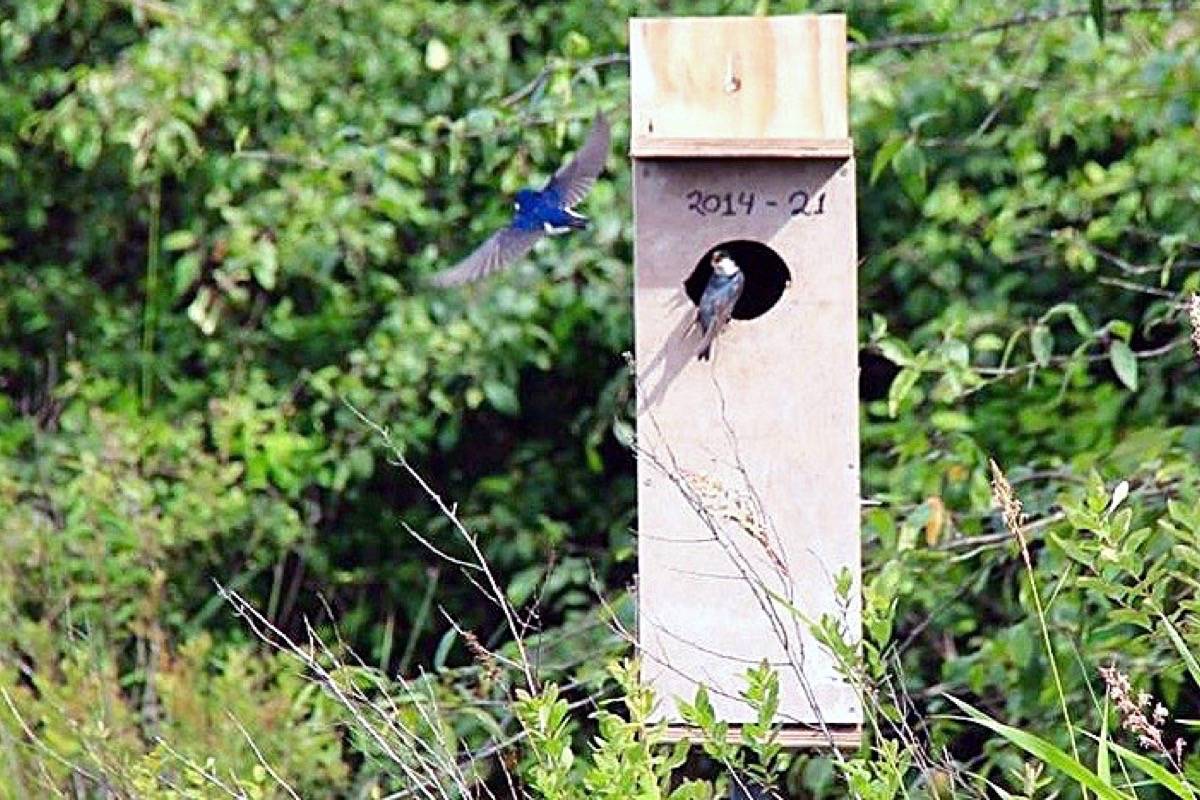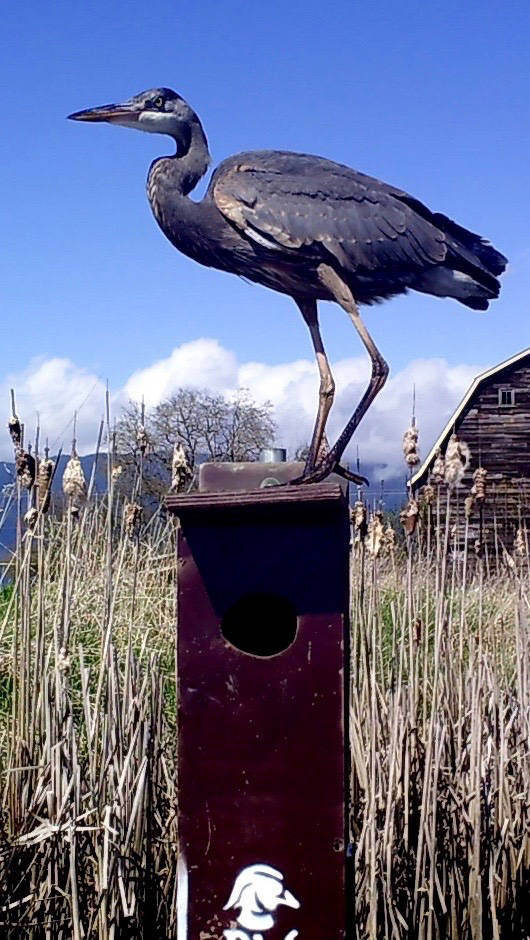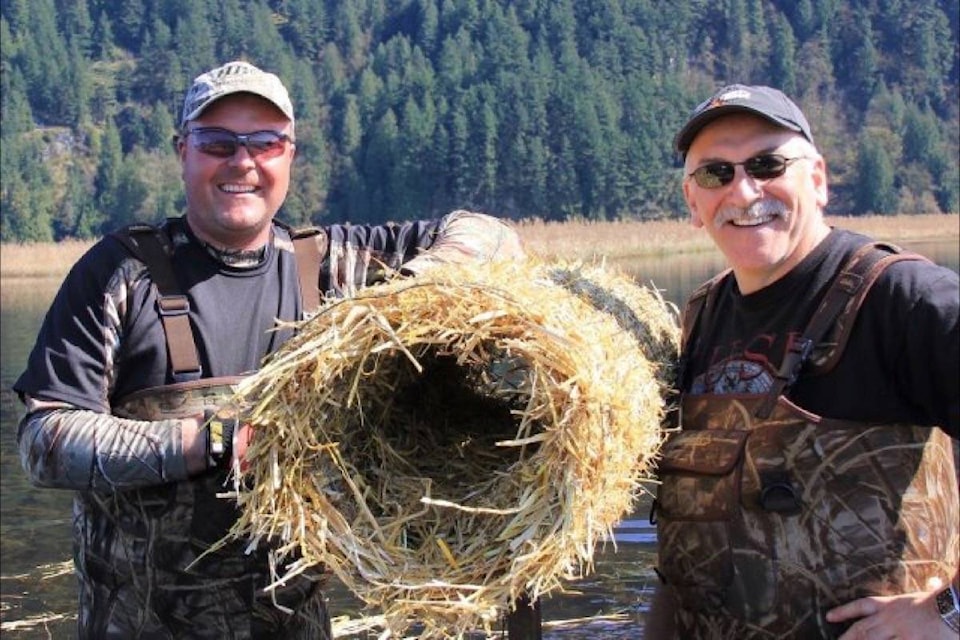Thanks to a good deal on some lumber, a $800 donation from Ducks Unlimited, and the efforts of the Pitt Meadows secondary shop class, the local wood duck population is having their housing crisis eased a bit.
Last week, all three combined their efforts to start building 60 new nesting boxes for wood ducks in the Pitt-Addington Marsh, north of Pitt Meadows.
Once complete, those boxes will replaced others throughout the marsh in order to make life a bit easier for one species of duck that likes to nest indoors.
The effort has been going for half a dozen years, allowing volunteers to continually replace and refurbish a portion of about 80 next boxes which only last a decade or so. The nest boxes allow the wood ducks to create a cozy home to raise their ducklings, before they leave the marsh and head south for the winter.
It’s also a way of giving back, said organizer Chris Bradford. The efforts are simply for conservation because wood ducks are not generally hunted in that area. Hunters instead target mallard, widgeon and Canada geese during the hunting season in the area.
“We’re growing ducks. We’re seeing an increase in the number of woodies in our area,” Bradford said.
The current batch of new nest boxes won’t be installed until next March as volunteers this year have already been to the marsh and installed another new batch. Last year, there were about 60 next boxes in the area, with about half of those occupied. Each nest box can produce about 10 hatchlings each, meaning about 300 new ducklings entered the world thanks to the boxes.Usually, only about a fifth of the boxes are occupied.
Bradford noted the marsh can be a risky place for those who don’t know the area because it’s easy to get lost.
While the nest boxes are intended for wood ducks, other creatures like to check out the accommodations, such as swallows which moved into one. Herons like to perch on them as they hunt for fish, while owls check them out to see if there’s an easy meal.
In addition to knowing they are helping out with water fowl numbers, Bradford said the annual trek up to the marsh with volunteers to install the new boxes is rewarding, particularly when people can see a mom nuturing her little ones in the cozy confines.
“The look on people’s faces is phenomenal … she (the duck) is in there using what I put up. It’s a real feeling of giving back.”
Bradford said the waterfowl population is healthy in the area. “We have an incredibly healthy duck population.” He hunts mallards, widgeons and Canada geese, the latter, which tastes like beef, which he turns into a delicious Irish geese stew.



